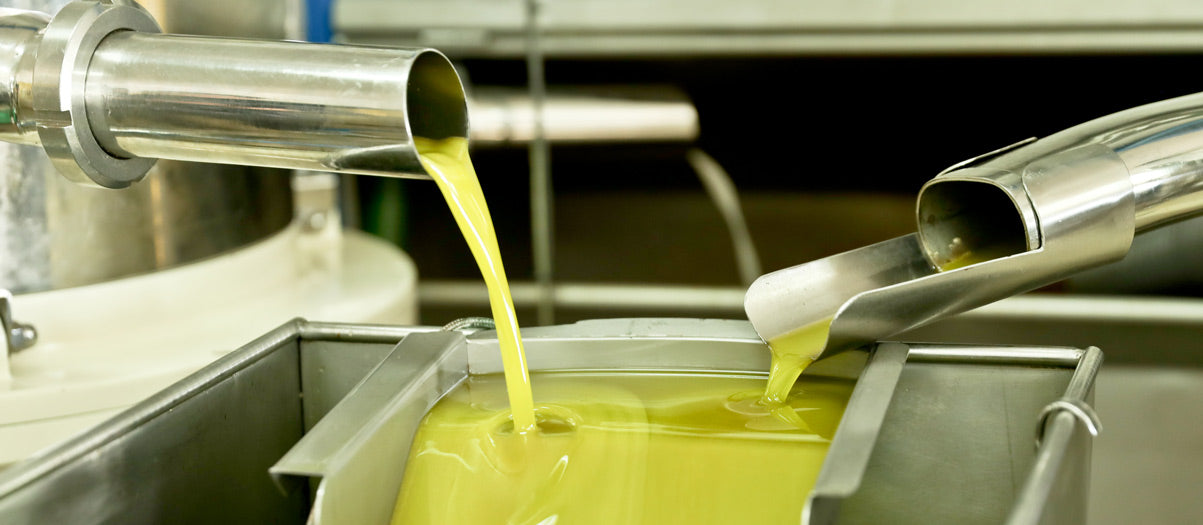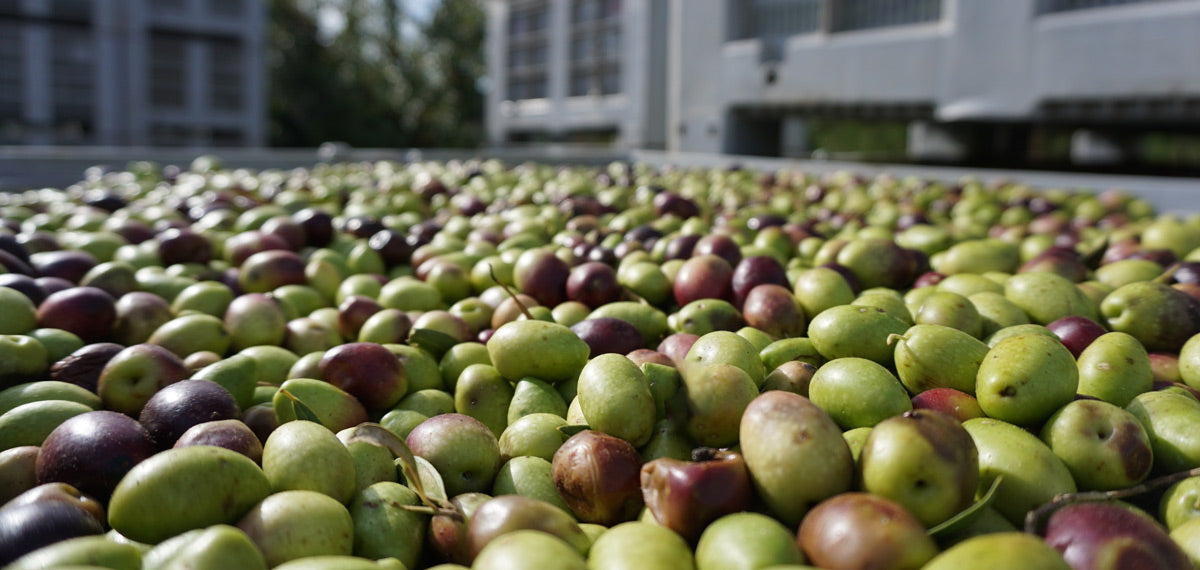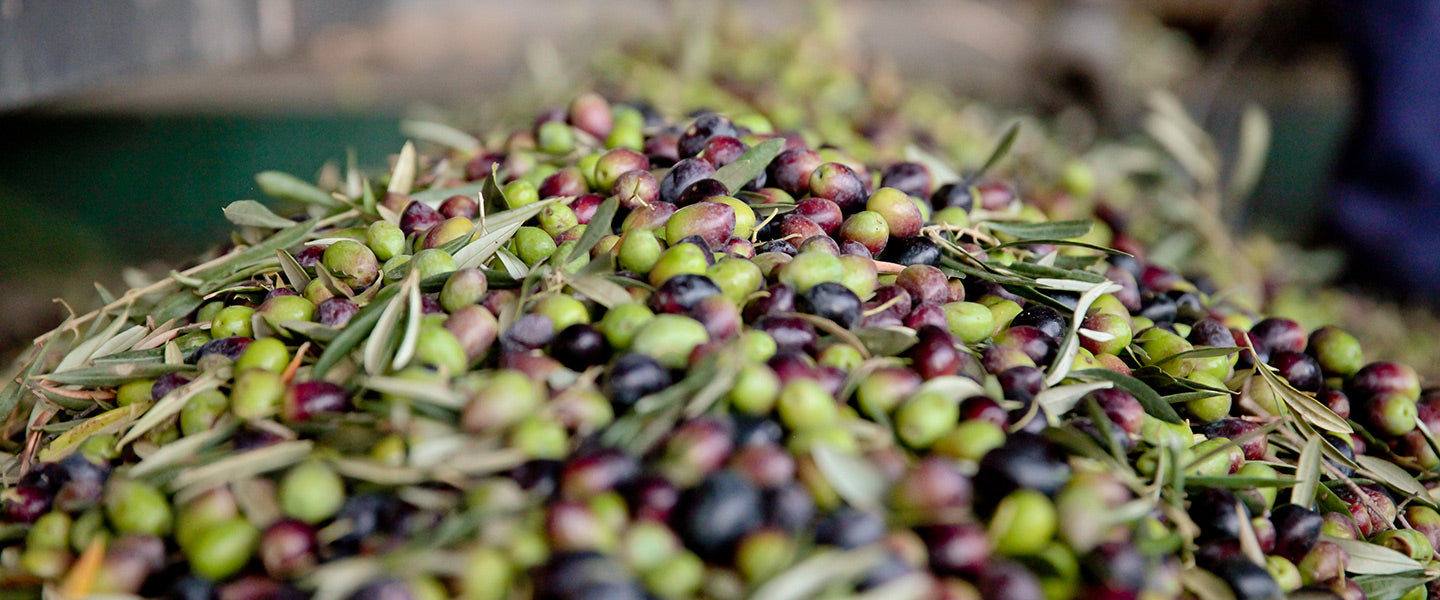- Home
- Our Journal
- About EVOO Debunking The Olive Oil Fridge Test
Debunking The Olive Oil Fridge Test
Posted by Olive Oil Lovers on

Like many of you out there, we are well aware of the misinformation that was told to viewers of the Dr. Oz show during a recent segment about food fraud regarding the olive oil fridge test. Dr. Oz instructs the viewers to test the quality of their extra virgin olive oil by placing it in the fridge overnight, and if it solidifies by morning, it is a genuine extra virgin olive oil. Unfortunately this is a long-standing myth that has been debunked long ago, but clearly still pervades today.
Unlike pure substances such as water, which freezes at 32 degrees Fahrenheit, olive oil is a cocktail of complex fatty acids and powerful natural phenols. Furthermore, every olive oil is vastly different depending on the variety, area of production, harvest year and so forth. Even oils produced by the same tree are different from one year to the next.
Refrigerators normally operate in the 35 – 45 degree Fahrenheit range. At this temperature some components of the oil will solidify in the fridge overnight, but the oil will remain liquid for the most part. For the oil to freeze solid, the temperature needs to drop below 20 degrees Fahrenheit, which is out of the temperature range of refrigerators.
The Olive Oil Times recently addressed this issue in response to the Dr. Oz show segment while the UC Davis Olive Oil Center also conducted their own research experiment which concludes the “Fridge Test” to be an unreliable indicator of olive oil quality.
Unfortunately, detecting fraud in a bottle of olive oil is not as easy as Dr. Oz suggests. We instead suggest customers perform a classic taste test on a freshly opened bottle of extra virgin olive oil: Pour a small amount of olive oil in a cup, warming the cup with your hands. Placing a hand on top of the cup, gently move the oil around the inner sides of the cup to open the aroma. Take your hand away and place your nose over the inside of the cup and smell the aroma. It should have a pleasantly fruity and/or grassy smell. If it has an unpleasant odor like crayons, dirty socks, mold, vinegar or motor oil, you know you have a very poor oil.





















































